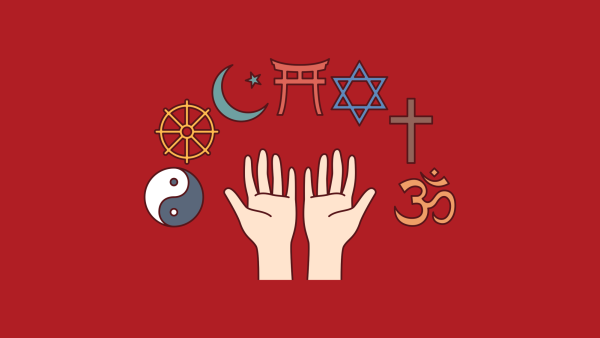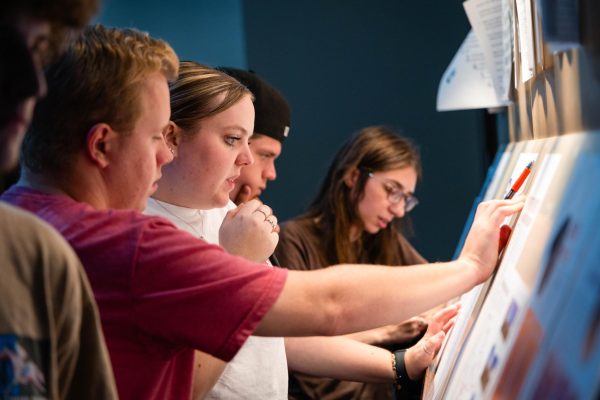Skipping Breakfast at Tiffany’s: Nude is more than ivory, blush and beige
April 5, 2016
A favorite of both fashion gurus and royalty — the Duchess of Cambridge swears by them — nude shoes are considered a staple in every wardrobe. Experts expound on their magical disappearing properties, their ability to seamlessly elongate legs and their effortless blending with any ensemble. But what if your supposedly nude shoes don’t match your skin?
The term “nude” has become synonymous with skin tone in the fashion industry — a frustrating matter if your coloring isn’t within hues of beige, peach or ivory. Women of color have been forced to accept the fact that the industry’s “nude” is not the same as theirs.
Christian Louboutin has made it his latest mission to change that, debuting a line of his signature red-soled footwear in an array of colors from cream to coffee.
The collection, starting at the meager price of $595, has already sold out, reiterating the importance of diversification in the fashion world.
While, at the moment, Louboutin’s Les Nudes are considered splurge items, the impact has been made. Before long, other brands will enhance their lines as well, adding more colors to their spectrum of skin tones. The trickle from high to mass fashion is sometimes slow; however, the intense need for a wider range of nudes will hopefully expedite the process. Hopefully before long, we will be seeing reasonably priced nude shoes of all shades in a more accessible environment.
The transition to an assortment of nudes in footwear should inspire other facets of the fashion industry to adapt. Foundation garments such as bras, underwear and hosiery are other traditionally “nude” items. Brands are few and far between that offer undergarments in more than traditionally pale skin-matching tones.
A nude shoe line shouldn’t be such controversial news, but for women who don’t fall into the category of ivory or fair, this is a revolutionary moment. As the concept of color changes, fashion is accepting that not everyone’s nude is the same, and that’s a good thing.






















